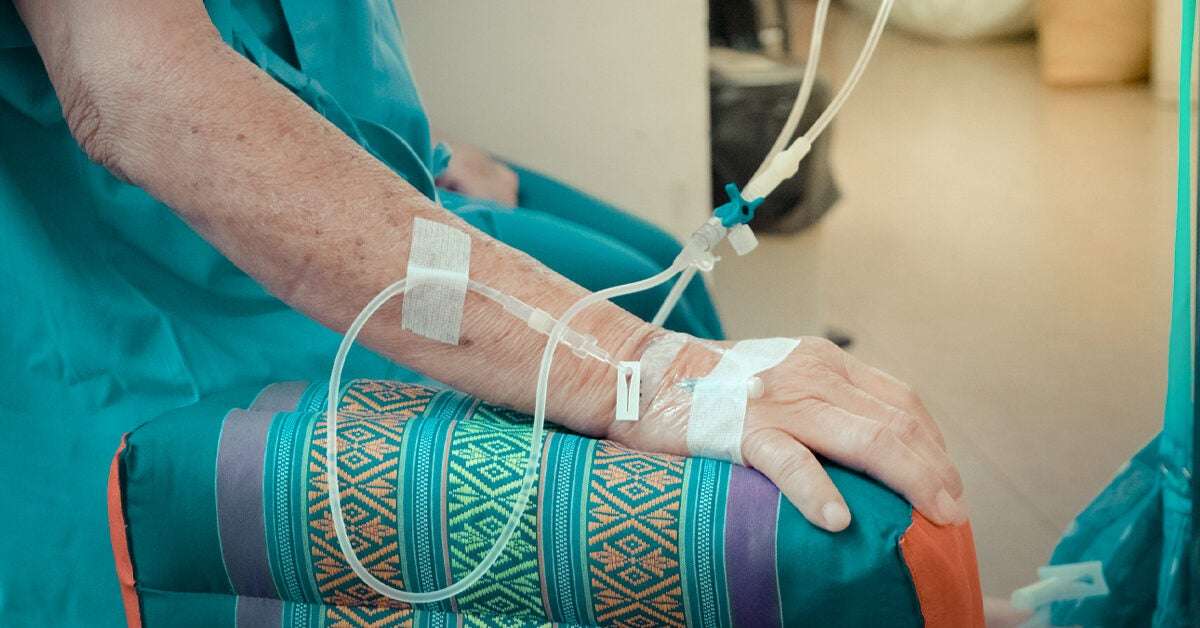Sexual violence (SV) is a serious problem that can have lasting, harmful effects on victims and their family, friends, and communities. CDC’s goal is to stop SV from happening in the first place. The solutions are just as complex as the problem.
In order to prevent SV, we must understand and address risk and protective factors at the individual, relational, community, and societal levels.
CDC developed a resource, STOP SV: A Technical Package to Prevent Sexual Violence pdf icon[2.85MB, 48Pages,508] to help communities take advantage of the best available evidence to prevent sexual violence. This resource is available in English and Spanish pdf icon[17MB, 48 Pages, 508] and can impact individual behaviors and the relationship, family, school, community, and societal factors that influence the risk and protective factors for violence. Many of the strategies focus on reducing the likelihood that a person will engage in sexual violence. The strategies and their corresponding approaches are listed in the table below.
STOP SV
STOP SV
Strategy
Approach
SPromote Social Norms that Protect Against Violence
- Bystander Approaches
- Mobilizing men and boys as allies
TTeach Skills to Prevent Sexual Violence
- Social-emotional learning
- Teaching healthy, safe dating and intimate relationship skills to adolescents
- Promoting healthy sexuality
- Empowerment-based training
OProvide Opportunities to Empower and Support Girls and Women
- Strengthening economic supports for women and families
- Strengthening leadership and opportunities for girls
PCreate Protective Environments
- Improving safety and monitoring in schools
- Establishing and consistently applying workplace policies
- Addressing community-level risks through environmental approaches
SVSupport Victims/Survivors to Lessen Harms
- Victim-centered services
- Treatment for victims of SV
- Treatment for at-risk children and families to prevent problem behavior including sex offending
Example Programs
Below are some examples of programs described in the STOP SV technical package.
See Sexual Violence Resources for more publications, data sources, and other resources about preventing sexual violence.
The only person responsible for committing sexual assault is a perpetrator, but all of us have the ability to look out for each other’s safety. Whether it’s giving someone a safe ride home from a party or directly confronting a person who is engaging in threatening behavior, anyone can help prevent sexual violence.
What is a bystander?
A bystander is a person who is present when an event takes place but isn’t directly involved. Bystanders might be present when sexual assault or abuse occurs—or they could witness the circumstances that lead up to these crimes.
On average there are over 293,000 victims (age 12 or older) of rape and sexual assault each year in the U.S. The majority of these crimes are committed by someone the victim knows. Given these circumstances, it’s important to recognize the role bystanders can play in preventing crimes like sexual assault.
What can I do to prevent sexual assault?
You may have heard the term “bystander intervention” to describe a situation where someone who isn’t directly involved steps in to change the outcome. Stepping in may give the person you’re concerned about a chance to get to a safe place or leave the situation. You don’t have to be a hero or even stand out from the crowd to make a big difference in someone’s life. Take steps to protect someone who may be at risk in a way that fits your comfort level.
Whether you’re taking home a friend who has had too much to drink, explaining that a rape joke isn’t funny, or getting security involved when someone is behaving aggressively, choosing to step in can affect the way those around you think about and respond to sexual violence.
Why don’t people help more often?
It’s not always easy to step in, even if you know it’s the right thing to do. Some common reasons bystanders remain on the sidelines include:
- “I don’t know what to do or what to say.”
- “I don’t want to cause a scene.”
- “It’s not my business.”
- “I don’t want my friend to be mad at me.”
- “I’m sure someone else will step in.”
It’s okay to have these thoughts, but it’s important to realize that your actions can have a big impact. In many situations, bystanders have the opportunity to prevent crimes like sexual assault from happening in the first place.
Your actions matter
Whether or not you were able to change the outcome of the situation, by stepping in you are helping change the way people think about their roles in preventing sexual violence. If you suspect that someone you know has been sexually assaulted, there are steps you can take to support that person.
- Learn more about steps you can take to prevent a sexual assault and show you C.A.R.E.
- Identify ways to help someone you care about.
- Learn more about how to respond when someone discloses sexual assault or abuse.
To speak with someone who is trained to help, call the National Sexual Assault Hotline at 800.656.HOPE (4673) or chat online at online.rainn.org
Sexual Assault Prevention: Preventative Measures to Help Avoid a Risky Situations from Escalating
Anyone can be the target of sexual assault, regardless of age, gender, race, ethnicity, sexual orientation, sexual history, or social class. There is no stereotypical victim or rapist. Nearly 85% of all victims of sexual assault knew the person who raped or assaulted them. Often a situation starts off innocent and fun, but can then very quickly escalate out of control.
Avoid hazardous situations.
Sexual assault can occur in any situation and is never your fault regardless of the circumstances. However, by taking such steps as traveling accompanied and avoiding alcohol and drugs, you can substantially reduce your risks for being victimized.
Communicate your limits clearly.
If someone starts to offend you or cross a line that you have set for yourself, tell them firmly and early. Polite approaches may be misunderstood or ignored. If the person does not respect your wishes, remove yourself from the situation immediately. Miscommunication can be explained later. Do not give someone the chance to violate your wishes or boundaries. This can often contribute to the guilt felt following unwanted sexual advances, but it does not make it your fault.
Be assertive.
Often passivity can be interpreted as permission – it is not. Be direct and firm with someone who is sexually pressuring you. Tell an acquaintance or your partner what you want – or don’t want – and stick with your decision. Regardless, there must always be active consent on both sides. Consent to one thing does not imply another.
Trust your instincts.
If you feel you are being pressured into unwanted sex, you probably are. If you feel uncomfortable or threatened around an acquaintance or your partner, get out of the situations immediately. If you misread someone’s signals, you can always explain later.
Respond physically.
Even clear communication is not always effective. Some people simply don’t listen or don’t care. If either person is intoxicated of high, it may also complicate the situation. However, it is not an excuse for someone to commit sexual assault. If someone is assaulting you and not responding to your objections, you have the right to respond physically or to physically defend yourself if you feel you can do so. If possible, push the person away, scream “No!”, and say that you consider what the person is doing to be rape. It is understandable that most people instinctively do not respond forcefully to people they know. It is not your fault if you find that you are unable to do so.
Without clear consent from both parties it is still sexual assault and no one ever deserves to be raped or assaulted!
AT HOME
- Make sure all windows and doors in your home can be locked securely, particularly sliding glass doors. Use the locks. Keep entrances well lighted.
- Check the identification of any sales or service person before letting him in.
- If you live in an apartment, avoid being in the laundry room or garage by yourself, especially at night.
- If you come home alone and find a door or window open or signs of forced entry don’t go in. Go to the nearest phone and call the police.
WHILE WALKING
- Be alert to your surroundings and the people around you.
- Stay in well-lighted areas as much as possible.
- Walk confidently at a steady pace on the side of the street facing traffic.
- Walk close to the curb. Avoid doorways, bushes, and alleys.
- If you are in trouble, attract help any way you can. Scream, yell for help, or yell “Fire!”
- If you feel you’re being followed, walk into a store or knock on a house door.
WHILE DRIVING
- Keep your car in good working order and the gas tank at least half full.
- Park in well-lighted areas and lock the doors, even if you’ll only be gone a short time.
- When you return to your car, have the key ready and check the front and rear seats and floor before getting in.
- Drive with all the doors locked.
- Never pick up hitchhikers.
- If you have a flat tire, drive on it until you reach a safe well-lighted and well-traveled area.
- Exercise extra caution when using underground and enclosed parking garages. Try not to go alone.
- If you are being followed, don’t drive home. Go to the nearest police or fire station and honk your horn. Or drive to an open gas station or other business where you can safely call the police. Don’t leave your car unless you are certain you can get inside the building safely. Try to obtain the license plate number and description of the car following you.
This report contributes to understanding, preventing, and responding to sexual assault against aid workers.
It presents findings on:
- who the survivors of sexual harassment and assault are
- who the perpetrators are
- the conditions that enable and inhibit this violence
- agencies’ responses, from training through medical and emotional care for survivors
It provides detailed recommendations to assist agencies in preventing and responding to sexual harassment and assault against aid workers.
Our findings are drawn from a review and analysis of 78 articles and reports, 24 security-training materials, 2,423 survey respondents from Humanitarian Women’s Network and Report the Abuse studies, 57 testimonies from women and men who are survivors of sexual harassment and assault, and 30 in-depth interviews.




